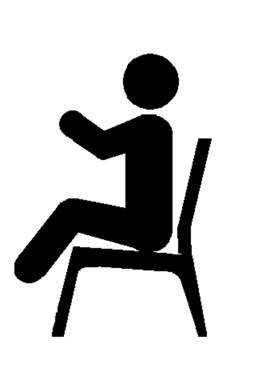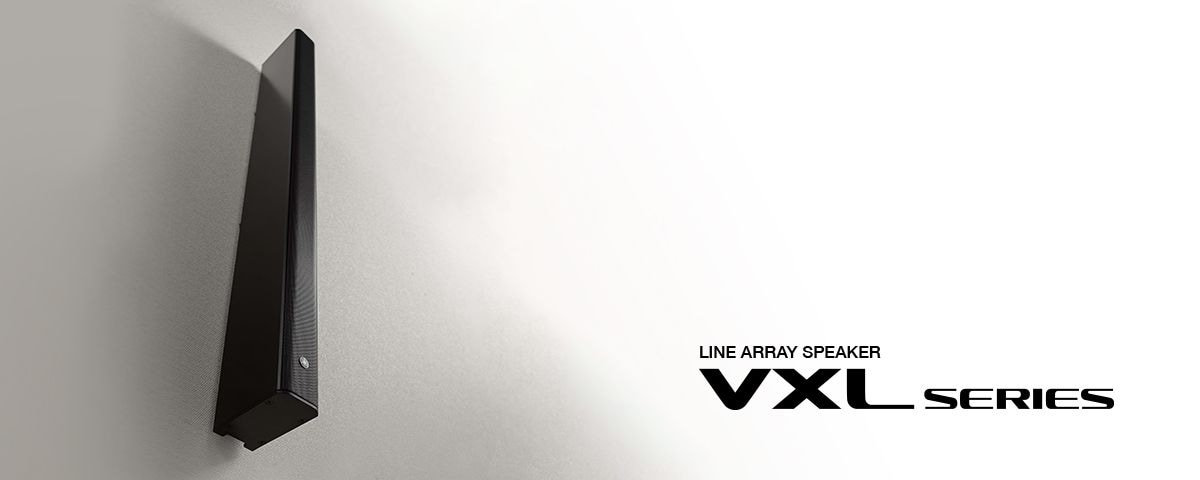VXL Series
Speaker
Model
Tilt angle[deg]
Mounted height[m]
Bottom of speaker = 1.3m
Audience
Nearest[m]
Farthest[m]
Nearest SPL[dB]
Spatial Point
Distance[m]
Height[m]
Distance[m]
Height[m]
Audience Area

Spatial Point















About the VXL Selection Assistant
This app is intended to assist in the selection of the most appropriate VXL speaker model for speech reproduction applications. The app will provide an indication of whether good amplified sound can be provided throughout the audience area by calculating the difference in SPL between the nearest and furthest audience members, based on the following three factors and the speaker output attenuation over distance.
- Speaker position
- Audience position
- SPL requirements for the audience area
Good amplified sound can be expected if the SPL range across the audience area is within 10 dB. Be sure to position the audience within the area covered by the speaker and avoid positioning them in out-of-coverage areas.
If the bottom of the speaker sits lower than the audience’s ears, set the tilt angle to 0 degrees. On the other hand, if the bottom of the speaker sits higher than the audience’s ears, adjust the height and tilt angle so that the speaker’s front is pointed at the farthest audience member.
How to use
Specify the following parameters
Speaker
Model:
Select the speaker model
"Wide" means when setting the switch to "Wide Mode".
Tilt angle:
Specifies the mounted angle of the speaker related to the wall
Mounted height:
Specifies the height from the floor to the center of the speaker
Audience
Nearest:
Distance between the speaker and the nearest audience member
Furthest:
Distance between the speaker and the furthest audience member
Nearest SPL*:
SPL (RMS) required for the audience in the front row
Spatial Point
Distance:
Distance between the speaker and the spatial point
Height:
Height of the spatial point from the floor.
Spatial points allow you to measure and compare the SPL at different points in the room.
Audience Area
Distance:
Distance between the front and last rows of the audience area
SPL:
Difference of SPL between the audience sitting in the front and last rows
Spatial Point
The SPL at the two user-placed spatial points.
* You can only specify a value between 55 dB to 80 dB (RMS), which is assumed to be the optimum listening level for speech.
Note
- The distance attenuation value used by the app is based on the outcome of a simulation using direct 2kHz band pass noise
- SPL is calculated based on RMS
- The speech crest factor is assumed to be 10 dB
- Room acoustics such as reflections or reverberant sound, may result in differences between the result calculated using this app and the real-world outcome.
- This app does not support calculation for horizontally combined speakers







